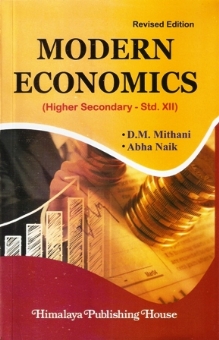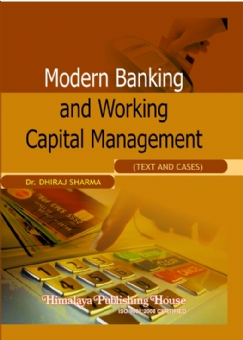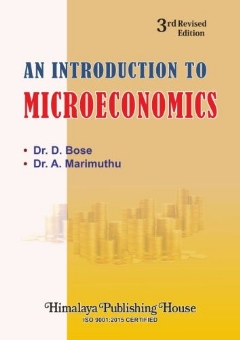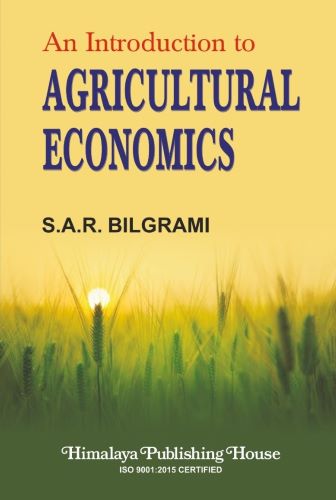This is a textbook covering the requirements of the revised syllabus of economics for standard XII of the H.S.C Examinations of the Maharashtra State Board of Secondary and Higher Secondary Education. The Authors are grateful to the student community and teaching fraternity alike, for the warm welcome that this book had received in the past.
Under the new curriculum, students in the previous class (Std. XI).have been broadly informed about the basic Indian economic problems like poverty, inequality, unemployment, population and economic planning along with some conceptual matters of economic growth and economic development as well as collection and organisation of the statistical data. Besides, elementary statistics covering measures of central tendency and index numbers, were also included in the last volume. In the present course, therefore, they are exposed to elements of micro-economic theory and macro-economic theory which will make them familiar with some basic concepts on economic analysis.
While explaining the basic economic concepts and principles of economics with simplicity and lucidity, we have tried to maintain the standard required for the academic discipline of the subject, in putting across the knowledge before the students and also to see that their interest is sustained and an aptitude created for further learning of this intricate subjects of growing importance. While discussing the subject matter, thus numerous illustrations, graphical figures and examples from practical life have also been incorporated.
Although we have tried to develop the subject-matter on the lines of the framework and approach implied in the prescribed syllabus for this course. Occasionally, we have tried to go beyond in discussing a few more topics not clearly specified in the syllabus. This has been done for the sake of logical integrity and a clear-cut understanding of the subject necessary for the benefit of the beginners. Apparently, we have made a humble attempt to make the book comprehensive and self-contained as far as possible. In the model question a variety of questions have been included to help the student in reviewing the knowledge and understanding of the subject matter.
We take this opportunity to advice the students to use the book as follows:
- Read and study each chapter slowly and carefully by underlining key sentences of the text and write notes of the important economic concepts.
- Answer questions given at the end of each chapter and check your answers with the matter in the text.
- Prepare your own notes of each topic as discussed in the text to consolidate your understanding and knowledge of economics.
Note that once the concepts and facts of economic analysis have been clearly grasped, the subject becomes easy and interesting.
Economics is an important subject. It needs analytical study and conceptual clarity with correct expression and exposition.
Contents :
A. Micro-economics
1.Introduction to Micro-economics
2.Consumer Behaviour
3.Demand Analysis
4.Elasticity of Demand
5.Producer Behaviour and Supply Analysis
6.Forms of Market and Price Determination
7.Factors of Production
B. Macro-economics
8.Introduction to Macro-economics
9.National Income
10.Determinants of Aggregates
11.Consumption and Saving Functions
12.Money
13.Commercial Banking
14.Central Banking
Public Economics
Question Paper






